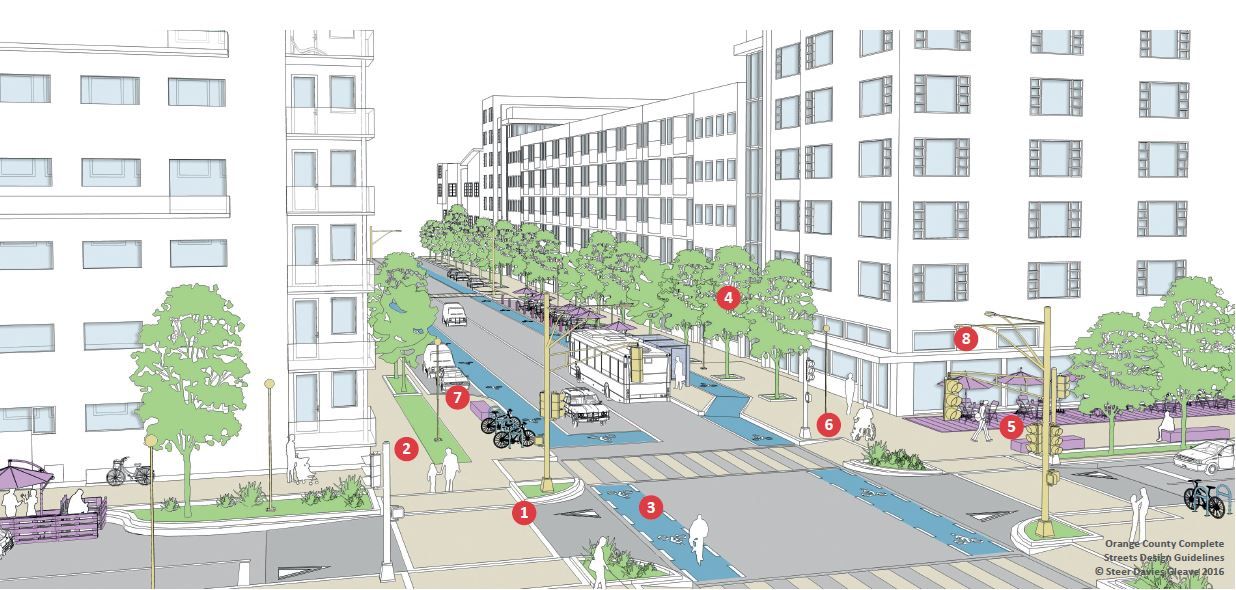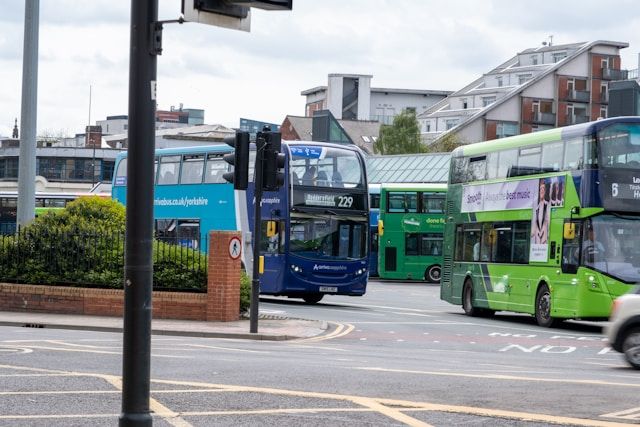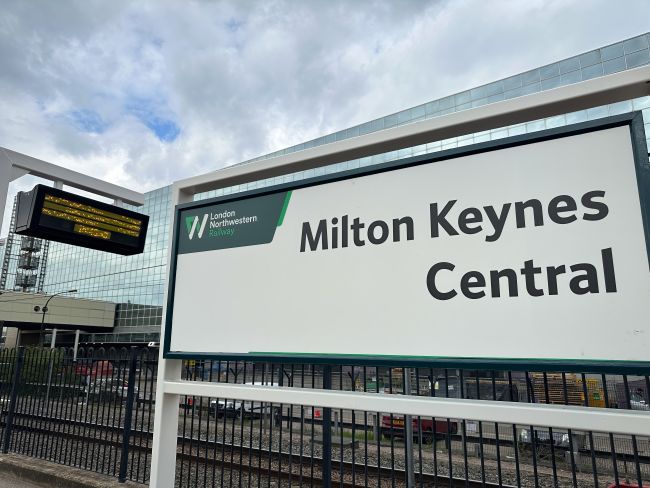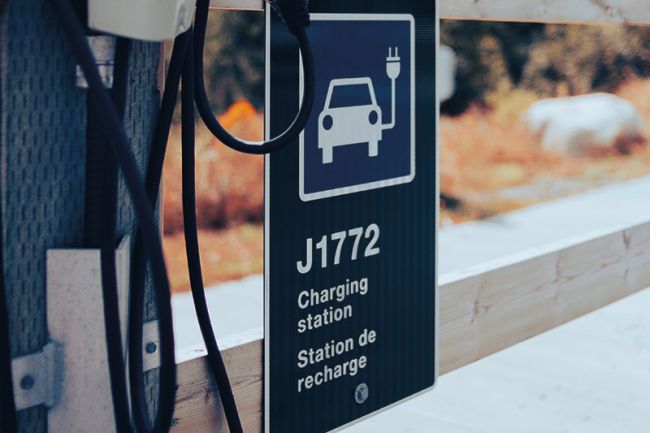Complete streets, a route to healthier and safer lives
Steer recently prepared a Complete Streets Design Handbook for Orange County in California, USA.
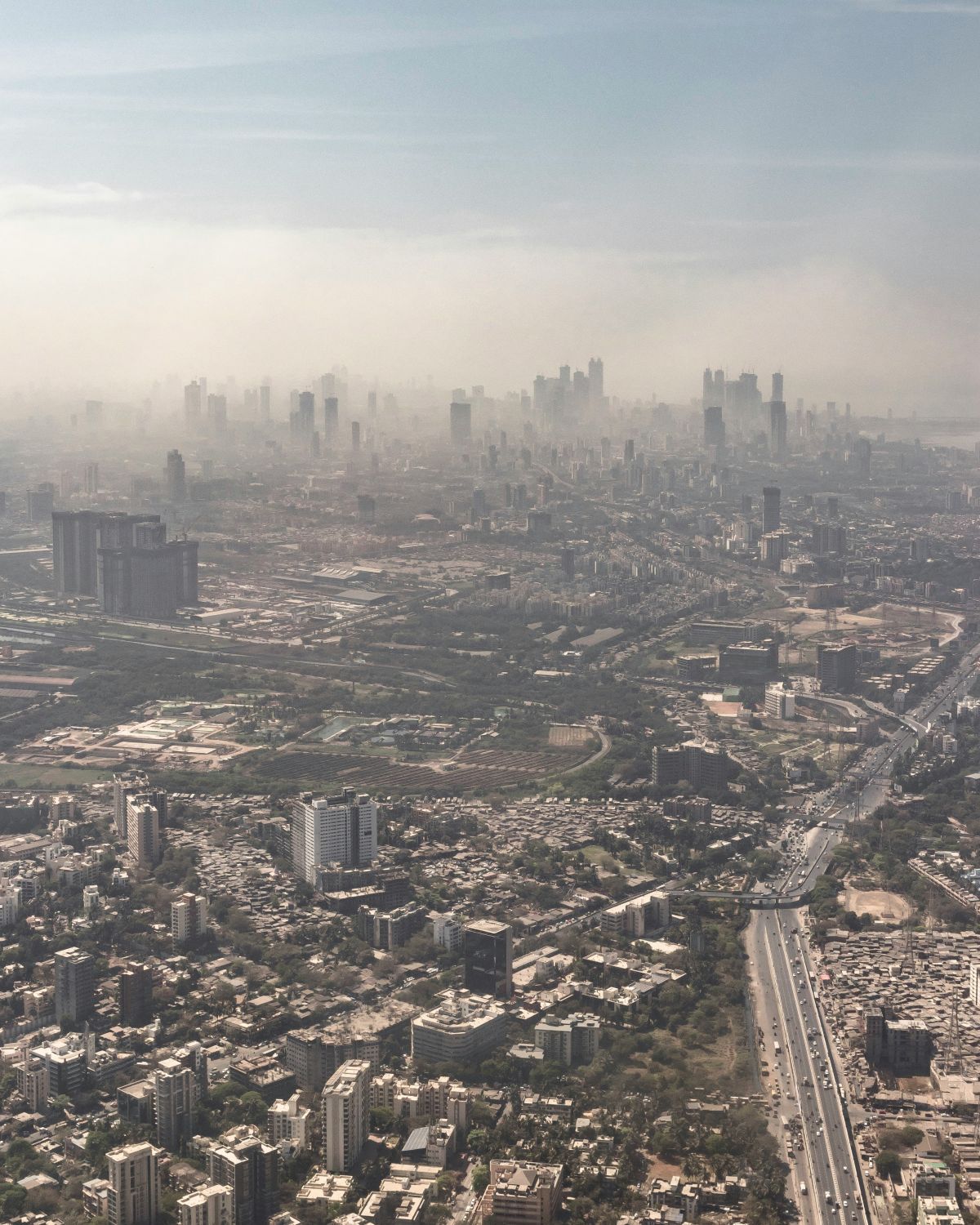
Many cities face critical health and safety issues, with poor air quality killing around 5.5 million people worldwide annually. In India, it is estimated that around 1.2 million people die yearly due to air pollution costing the economy an estimated 3% of GDP. In cities, taking a ‘complete streets’ approach can help address health issues and make our cities safer and more liveable
After the last 25 years of chaotic and rapid urban development, 30% of India’s population now lives in towns or cities. By 2031 this will reach 40%, pushing the urban population to 600 million. The country’s 400 urban agglomerations include 27 cities with a population of over a million and seven megalopolises, each with more than five million people, and a growing number of medium cities into which half the urban population of India is packed.
Various sources contribute to air pollution and poor air quality in cities, in Delhi traffic emissions are the biggest contributors of the most harmful levels of pollutants. Our cities also feel the impact of the ‘urban heat island’ effect, which means that cities are warmer than their hinterlands, in some cases by up to 10°C. The record-breaking increases in global temperature we are experiencing due to climate change will worsen this, as higher temperatures help trap pollutants near to the earth’s surface.
Personal safety in crowded cities is an increasing problem in India, especially amongst women and the most vulnerable. Poor street design such as narrow alleyways and a lack of lighting can lead to many streets being ‘no-go areas’, especially after dark. While the urban environment isn’t the root cause of incidents which impinge on public safety, an improvement to the urban landscape can discourage such incidents and promote more respectful attitudes.
Traffic incidents cause on average 140,000 deaths per year on Indian roads, with over 40% occurring in Urban Areas. Five deaths occur per day on Delhi’s roads. While road user behaviour is a cause of traffic incidents, poor physical infrastructure is also to blame. Better physical infrastructure will lead to better road safety.
These health and safety issues are complex and multi-faceted, requiring wide-ranging solutions. Urban planning including better street design can be part of the solution. As India becomes more urbanised, it becomes increasingly important to develop effective urban planning policies that can safely accommodate the needs of all users: automobiles, public transport, pedestrians, cyclists, children, elderly people, and people with disabilities.
Taking a more ‘complete’ approach to street design can result in better streets that make cities more liveable and provide wider health benefits. Complete streets are designed to be safe, convenient and comfortable for everyone, regardless of transport mode, age, ability, income, race or ethnicity. Complete streets are also designed to support the creation of attractive places where people want to spend time.
Steer Davies Gleave recently prepared a Complete Streets Design Handbook for Orange County in California, USA. The urban form in Orange County is less compact and has a lower density than many Indian cities, but many underlying health and safety issues are the same. Moreover, the principles for designing streets to be more complete can be readily applied to Indian cities. A complete street includes facilities for walking, cycling, and public transport which support mode shift, reduce vehicle numbers and therefore help reduce traffic emissions and improve air quality. Typical complete street elements are illustrated below and include:
- Narrow lanes, tight corners and traffic calming measures which encourage slower, steady traffic, make streets safer and help reduce vehicle emissions.
- Facilities such as wide and comfortable footways and crossings which make it easy for people to walk, help combat dependence on cars and 2-wheeler, and reduce risks of conflicts between pedestrian and automobile.
- Well-designed cycle lanes which encourage cycling and help combat sedentary lifestyles.
- Greening using street trees and other planting, which help reduce urban temperatures and manage stormwater run-off. Shade trees make walking and cycling more comfortable in summer. Specific types of plants can also help absorb airborne pollution.
- Parklets and café seating which encourage social interaction, provide natural surveillance, increase footfall which in-turn increases commercial revenues and make streets welcoming places.
- Accessible design elements to ensure that people of all ages and abilities can use the street.
- Seats at regular intervals increase comfort by providing rest points; especially helpful for older people or people with mobility problems.
- Lighting for pedestrians which improves personal security, increasing the use of streets after dark.
A wide range of these measures can be implemented in selected urban environments across India where there is an alignment between public desires, political will and commercial objectives of shopkeepers. The key to success of any ‘complete street’ initiative will be early stakeholder engagement to incorporate the local needs and desires in the design process. In any urban environment ‘design influences behaviour’ therefore it is critical that users’ behaviour is kept central in the design process of complete streets in India.
